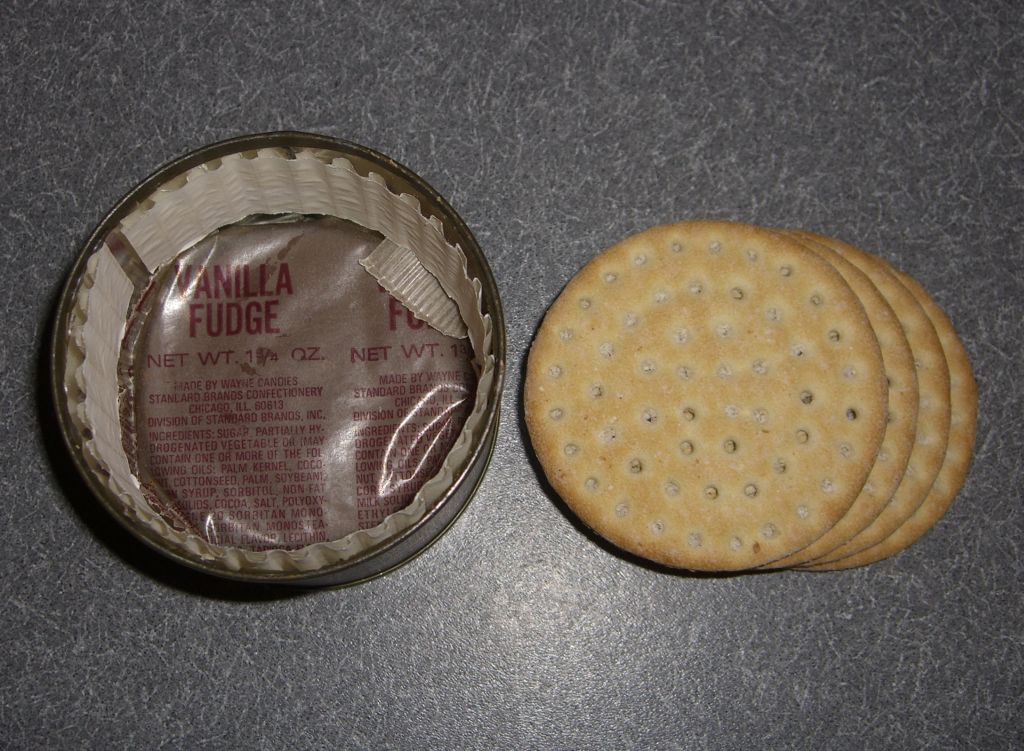Deleted member 1487
The M20 was never really used for indirect fire AFAIK and 400 yards is insanely optimistic for hitting a tank. I've read accounts from Korea where hitting bunkers at 300 yards was too difficult with it. Again they never really lived up to expectation.M20 RR
114 pounds
Optics for direct and indirect fire
over 7000 yards indirect range, but 400 yards realistic for hitting tanks
HEAT, HE and WP 1000fps velocity typical, with HEAT 4" penetration
RPG-2
10 pounds
Iron sights
HEAT, 7" penetration.
100 Meters effective, 200 max 275fps velocity
The RPG-2 has the advantages of weight and size, so they could get in close without much issue and do damage. Read all about how deadly the RPG was in Vietnam.
